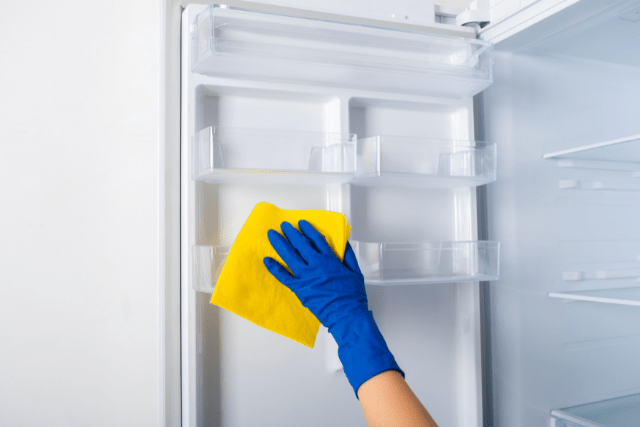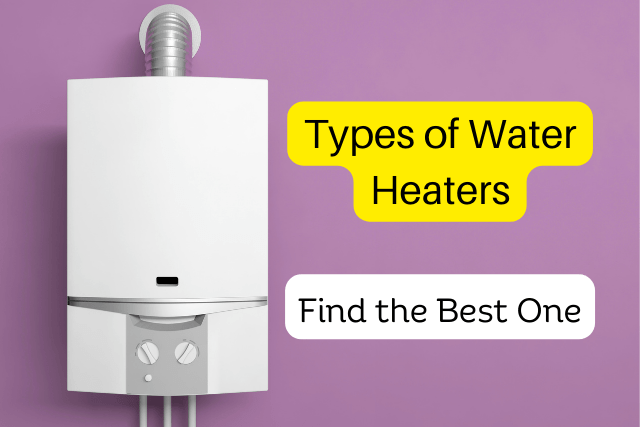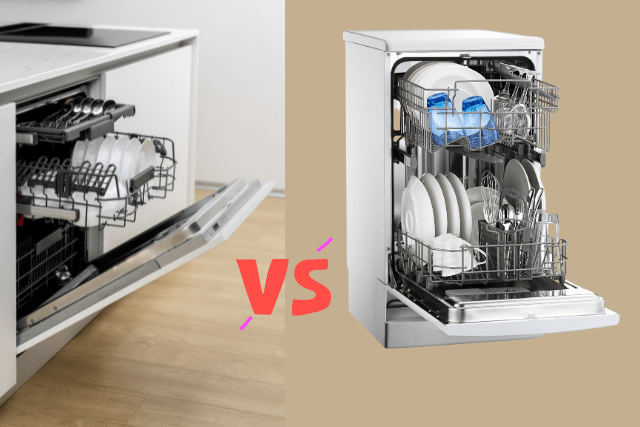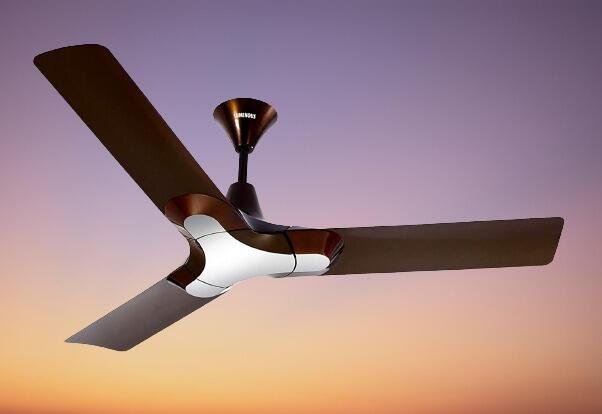Are you tired of dealing with a freezer that’s constantly icing up? In this article, we’ll show you how to defrost the freezer effectively.
With just a few simple steps and some handy supplies, your freezer will be back to its optimal condition in no time.
Say goodbye to the hassle of scraping ice and hello to a freezer that works efficiently.
Let’s get started!
Defrosting the freezer is a routine maintenance task that ensures your freezer operates efficiently and preserves your food in optimal condition. Over time, frost can accumulate, reducing the freezer’s cooling efficiency and storage capacity.
Gather Necessary Supplies
This step is crucial in ensuring a smooth and hassle-free defrosting process.
Start by obtaining a cooler or insulated bag to store the perishable items from your freezer during defrosting.
You’ll also need towels or rags to soak the melted ice and water. A plastic scraper or spatula will come in handy for removing any stubborn ice buildup.
A bucket or large container will also be needed to collect the melted water.
Don’t forget to have some cleaning supplies, such as mild soap or vinegar solution, to clean your freezer once defrosting thoroughly is complete.
Having these supplies ready beforehand will save you time and effort in the long run.
Prepare the Freezer for Defrosting
Gather all the supplies mentioned in the previous subtopic to prepare your freezer for defrosting. Once you have everything, unplug the freezer from the power source. This is important to ensure your safety and prevent any electrical accidents.
Next, remove all the food items from the freezer and place them in a cooler or insulated bag to keep them cold during defrosting. Take out any removable shelves, drawers, or ice trays and set them aside.
It’s a good idea to lay down towels or newspapers around the freezer to catch any water that may drip during defrosting. Finally, open the freezer door to allow the ice to melt naturally.
Defrost the Freezer
To defrost the freezer effectively, let the ice melt naturally with the open freezer door. This method is the safest and most efficient way to thaw the ice buildup.
Leaving the door open creates a warmer environment inside the freezer, which speeds up the melting process.
Remove any perishable food items before starting the defrosting process to prevent spoilage. Place towels or a shallow container underneath the freezer to catch the water as it melts.
Be patient and avoid using sharp objects to chip away the ice, as this can damage the freezer’s interior. Once all the ice has melted, wipe down the interior with mild soap and warm water to remove any residue.

Clean and Sanitize the Freezer
It’s important to thoroughly clean and sanitise the interior after defrosting the freezer and removing all the melted ice.
Start by unplugging the freezer and removing any remaining food. Use warm water and mild dish soap to wipe down all surfaces, including shelves, drawers, and the walls. Pay special attention to any stubborn stains or spills.
Rinse with clean water and dry thoroughly.
Once clean, sanitise the interior to eliminate any lingering bacteria or odors. You can use an equal parts water and vinegar solution or a commercial freezer cleaner. Apply the sanitiser to the surfaces and let it sit for a few minutes before wiping it clean.
Finally, plug the freezer back in and return the food.
Regular cleaning and sanitizing will keep your freezer in top condition and ensure your frozen items stay fresh and safe.
Restore and Maintain Freezer Efficiency
You should regularly check the temperature settings and clean the condenser coils to restore and maintain freezer efficiency.
Start by checking the temperature settings on your freezer. The ideal temperature for a freezer is between 0°F and -5°F (-18°C and -21°C). If the temperature is too high, your freezer will have to work harder to keep its contents frozen, leading to increased energy consumption and reduced efficiency.

Next, clean the condenser coils, which can become clogged with dust and debris over time. This can hinder the freezer’s ability to cool properly. Use a vacuum or a soft brush to remove any buildup on the coils.
Frequently Asked Questions
How Long Does It Usually Take to Defrost a Freezer?
It usually takes about 2 to 4 hours to defrost a freezer.
You can speed up the process by placing bowls of hot water inside or using a hairdryer on a low setting.
Can I Use Hot Water to Speed up the Defrosting Process?
Using hot water to speed up the defrosting process isn’t recommended. It can cause damage to the freezer and increase the risk of injury.
Stick to safer methods like using a hairdryer or letting it naturally defrost.
Is It Necessary to Remove All the Food From the Freezer Before Defrosting?
You don’t have to remove all the food from the freezer before defrosting.
Transferring perishable items to a cooler is recommended, but you can leave non-perishable items inside during the defrosting process.
Should I Unplug the Freezer During the Defrosting Process?
Yes, you should unplug the freezer during the defrosting process. This prevents electrical accidents and allows the ice to melt without running the freezer.
Safety first!
How Often Should I Defrost My Freezer to Maintain Its Efficiency?
To maintain your freezer’s efficiency, it’s important to defrost it regularly. The frequency depends on factors like usage and frost buildup.
Conclusion
Following these steps can effectively defrost your freezer and restore its efficiency.
Regular maintenance is key to keeping your freezer running smoothly and preventing potential issues.
So take the time to defrost your freezer and enjoy the benefits of a well-functioning appliance.







